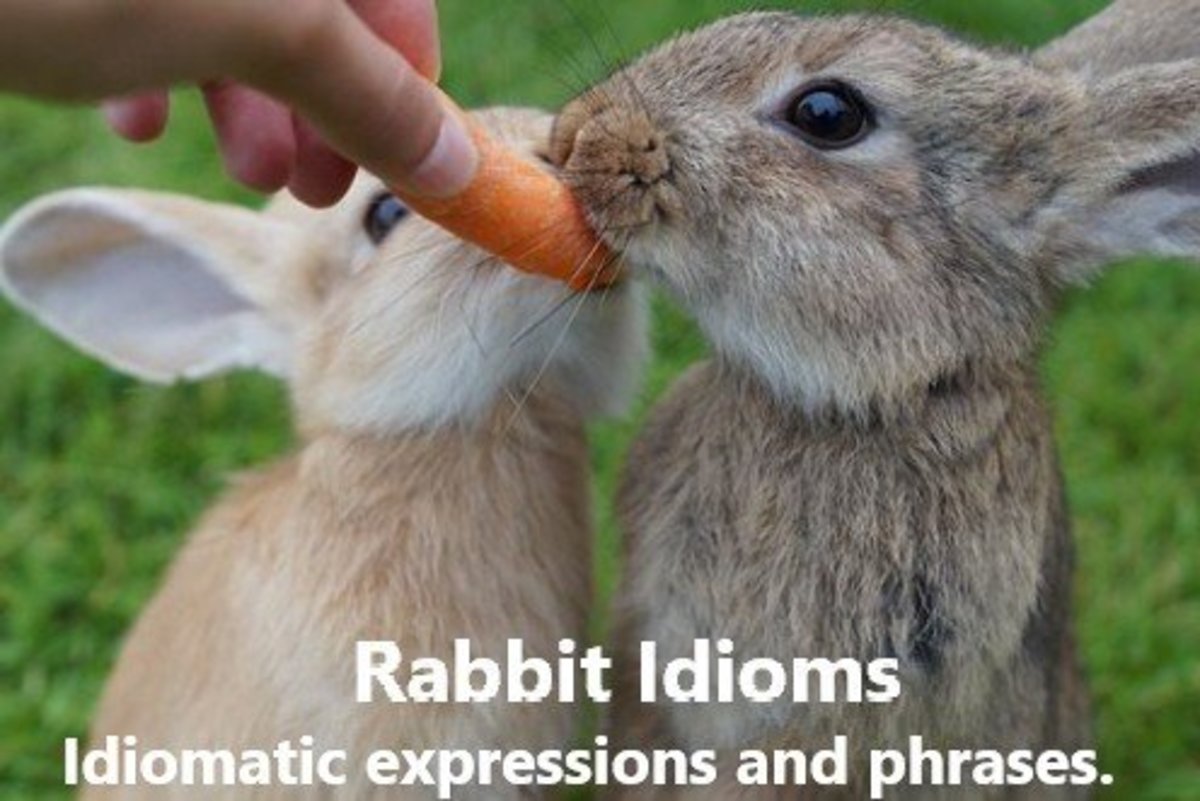What Makes Successful Readers and Writers?
The Ideal Scenario
For most children, learning to read and write follows a typical pattern and evolves in relatively predictable and satisfactory ways. Such children generally have average or above average language skills and a fair amount of motivating and pleasurable early childhood experience with books and literacy.
They are cared for by adults who involve them is purposeful literacy experiences during the early childhood years and provide them with opportunities to identify letters and environmental print, including their own names.
Through writing, singing, and language play, these children are given opportunities to develop an awareness of the internal structure of spoken words. They also hear explanations about language from responsive adults who listen to them, talk to them, and help them develop an awareness of the contrasting nature of spoken and written language.
Recommended Reading

Model Schools
The schools these children attend offer experiences that help them understand and use reading to make meaning, give the frequent and intensive opportunities to read and write, and help them learn about the nature of our alphabetic writing system, the structure of spoken and written words, the joys of literature.
Although some of these children may have other difficulties with the specific aspects of literacy learning, their overall progress is steady and sure. They build successfully on the informal experiences with literacy from the earliest years as they encounter the more formal and complex tasks involved in conventional reading and writing.
Model Teachers
A series of studies have confirmed what was probably obvious from the beginning. Good teachers, effective teachers, matter much more than particular curriculum materials, pedagogical approaches, or "proven programs."
According to Richard Allington of the University of Tennessee, it has become clearer that investing in effective teaching – whether in hiring decisions or professional development planning – is the most "research-based" strategy available. If we are to hope to attain the goal of "no child left behind," we must focus on creating a substantially larger number of effective, expert teachers.
"Good teachers, effective teachers, manage to produce better achievement regardless of which curriculum materials, pedagogical approach, or reading program is selected," he said.
Critical Elements
Research over the last several decades has informed us that there are a number of critical elements to effective literacy instruction (Taylor, 2008). These include:
◆ Phonemic Awareness and Phonics Instruction
◆ Fluency Instruction
◆ Vocabulary Instruction
◆ Comprehension Instruction
◆ Good Instructional Choices
◆ Clarity of Purpose and Timing
◆ Constant Use of Data
◆ Culturally Responsive Instruction
◆ Intellectual Challenge for All
◆ Grouping Practices and Independent Student Activities
◆ Teacher and Student Actions
◆ Time Spent on Reading
◆ Alignment of Standards, Curriculum, and Instruction
Other Key Ideas
Children and young adults become readers and writers in a variety of ways. These include having someone model reading and writing for them; receiving direct or explicit instruction; participating in student-centered instruction or activities and experiencing a combination of the above.
Literacy development begins with oral language development (listening and
speaking). Prior knowledge is the foundation of effective reading and writing.
Decoding and comprehension are two basic processes in reading. Research has shown that literacy develops in a variety of overlapping stages.
Looking Forward
To be able to teach reading and writing effectively, teachers must understand language acquisition, language development and how reading and writing work. They also must be familiar with the components of these processes and how they fit together.
The more teachers understand the process, the better we will be able to recognize the strengths and strategies our students possess and what they need to learn next. Thus, the better we will be able to recognize our students’ various literacy problems and give them the focused instruction.
Further Reading
Armbruster, B. B., & Osborn, J. (2003). Put reading first: The research building blocks for teaching children to read (K–3) (2nd ed.). Ann Arbor: Center for the Improvement of Early Reading Achievement, University of Michigan.
Blair, T. R., Rupley, W. H., & Nichols, W. D. (2007). The effective teacher of reading: Considering the “what” and “how” of instruction. The Reading Teacher, 60(5),
432–438.
Cooper, J. D., & Kiger, N. D. (2010). Literacy Assessment: Helping Teachers Plan Instruction (4th ed.). Belmont: Cengage Learning, Inc.
National Reading Panel. (2000). Teaching children to read: An evidence-based assessment of the scientific research literature on reading and its implications for reading instruction. Washington, DC: National Institute of Child Health and Human Development.
Ortiz, R. W., & Ordoñez-Jasis, R. (2005). Leyendo juntos (reading together): New directions for Latino parents’ early literacy involvement. The Reading Teacher, 59 (2), 110–112.
Taylor, B. M., Frye, B. J., Short, R., & Shearer, B. (1992). Classroom teachers prevent reading failure among low-achieving first-grade students. The Reading Teacher, 45, 592–597.







